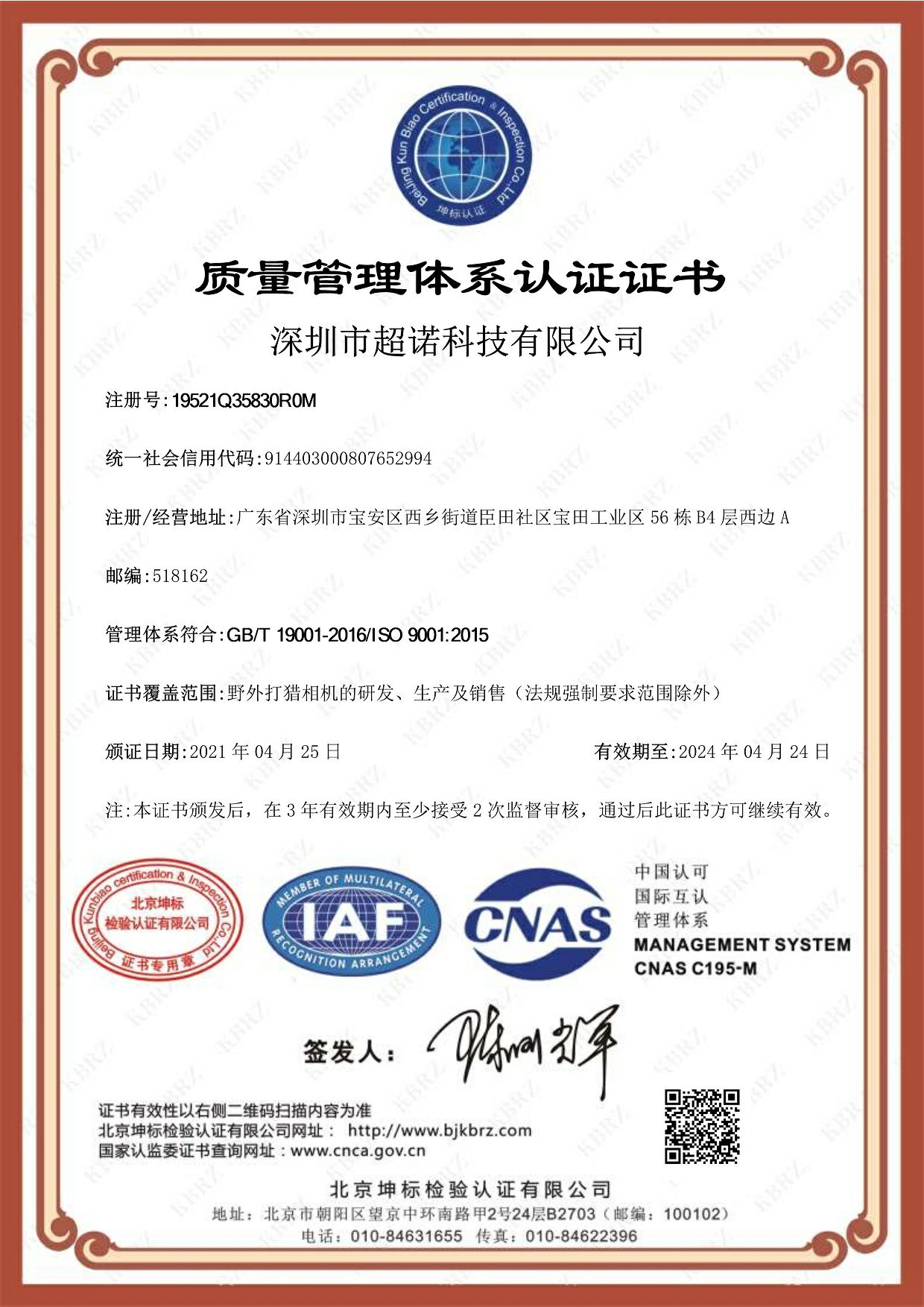 06-082021
祝贺公司通过ISO 9001:2015质量体系认证
作者 :admin
06-082021
祝贺公司通过ISO 9001:2015质量体系认证
作者 :admin
 06-012021
公司荣获诚信经营立信企业资质
作者 :admin
06-012021
公司荣获诚信经营立信企业资质
作者 :admin
 05-192021
公司于2019年5月30日搬迁至新址
作者 :admin
05-192021
公司于2019年5月30日搬迁至新址
作者 :admin
 05-072021
祝贺公司通过国家高新企业复审认证
作者 :admin
05-072021
祝贺公司通过国家高新企业复审认证
作者 :admin
 05-072021
公司组织员工赴广东省惠州市两日游
作者 :admin
05-072021
公司组织员工赴广东省惠州市两日游
作者 :admin
 05-072021
公司组织员工赴印度尼西亚巴厘岛双飞五日游
作者 :admin
05-072021
公司组织员工赴印度尼西亚巴厘岛双飞五日游
作者 :admin
您的一分建议,我的百分创意
南昌钧乐精品咖啡连锁有限公司
地址:
手机:
邮箱:
电话: